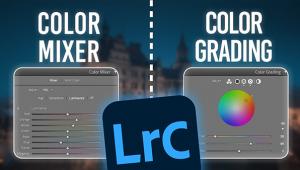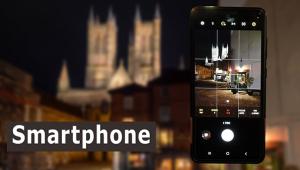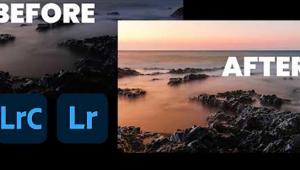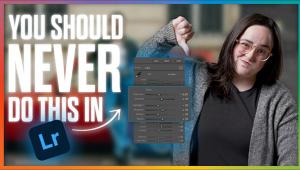COLOR SPACE: Why and When to use Adobe RGB or sRGB (VIDEO)
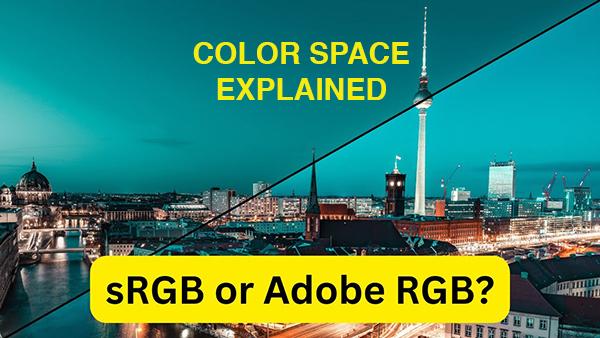
One of the first things we do when configuring a new camera is deciding whether to set the Color Space to Adobe RGB or sRGB. And this isn't a set-it-and-forget-it choice because the mode you select depends upon how you plan to use the photos you capture.
Instructor Vlad Manea is a Romanian pro based in Germany who specializes in shooting and editing tutorials with beginning photographers in mind. In this four-minute episode he demystifies the concept of color space so you can make the best choice every photo you shoot..
Most cameras offer a choice of two Color Space settings—Adobe RGB and sRGB. As Manea says, "In this video I explain it all for editing, printing, the Internet, and sharing so you get the very best and consistent results."

Manea explains the concept like this: "Color Space is essentially the range of colors that are available on your camera. As you may already know, the term "RGB" stands for red, green, and blue. These are the three colors that are represented in every color image that you capture. The common default setting is sRGB—a more limited color space than its big brother Adobe RGB.
So why wouldn't you just set the camera for Adobe RGB and move on to other matters? Pardon his language but Manea says that approach is "totally crap." His reason is this: "The Adobe RGB color space is primarily intended for people who do a lot of prints or for applications like magazines where the end result is printed commercially."
Manea reinforces this view by explaining that Adobe RGB is more akin to the CMYK spectrum (cyan, magenta, yellow and black) than the smaller sRGB color space. He also discusses the importance of using the same color space across your various image-editing apps and the camera. This also holds true when exporting your files.

According to Manea this is the problem: If you mix different color space settings you won't have any color consistency with the images you share, print, exhibit, or share online.
Manea's advice is simple and based upon the end use of an image: "if it's online, shoot sRGB, if it's for print, shoot Adobe RGB." He also notes that even if you shoot in Adobe RGB, the color space is often automatically changed to sRGB when posting these images online.
There are a few more tips worthy of consideration, and Manea also illustrates where to find the Color Space options within a cameras menu. The bottom line: Be smart and be consistent when making an appropriate choice for the specific task at hand.
There are many more lessons for budding photographers on Manea's informative YouTube channel, so be sure to take a look when you have time. And on a related note, don't miss the tutorial we posted earlier from an accomplished outdoor shooter, explaining a simple Lightroom technique for enhancing landscape photographs with dull colors.
- Log in or register to post comments


